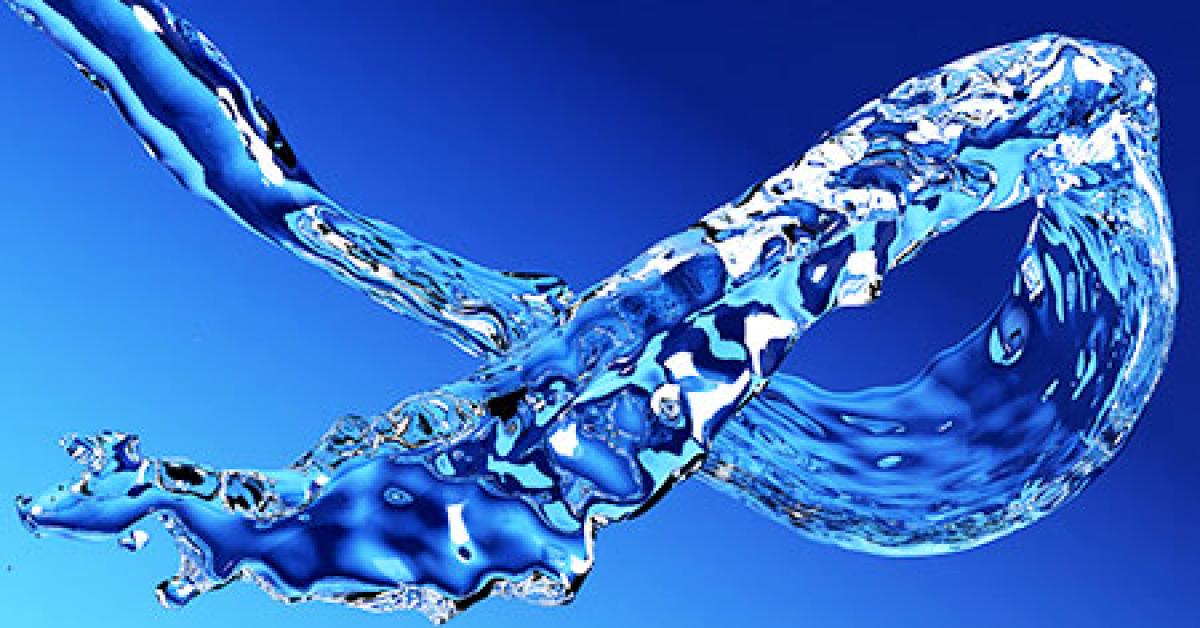CHICAGO — “They are definitely profitable in several ways,” says Bob King, owner of B & C Cleaners in Marshall, Texas, of wet cleaning and shirt laundering being the next big things for growing a business.
“First, when you have two ways to clean a garment, either traditional dry cleaning and/or wet cleaning, your quality goes up and therefore your customer service experience is increased, helping to retain customers,” says King.
“Second, your risk goes down,” he continues. “Some items may have higher risk of problems in a drycleaning process, so wet cleaning helps you minimize that. Third, oftentimes there is less pre-spotting of dry-clean garments that are going to be wet-cleaned, saving time.”
Wet cleaning is a water-based cleaning process that uses special detergents and conditioners. It has controlled agitation, specific time exposure for the garments and specific water temperatures during the cleaning process.
Customers, however, need to know why some garments can be wet-cleaned as a safer alternative to dry cleaning. There is some education that takes place about the process. They don’t walk in asking for their clothes to be wet-cleaned, he explains.
PROFIT AND PRIDE
Rahim Maknojia, president and CEO of Oaks Cleaners in Houston, Texas, has been in business for 20 years, with 25 full-time employees. His business is located in one of the wealthiest neighborhoods of Houston, River Oaks, and offers full-service dry cleaning and laundry.
“Some stains are dry-cleaning-soluble and some are only water-soluble, thus the garment has to be wet-cleaned in order to produce a better-quality result,” notes Maknojia.
Wet cleaning is enviro-friendly, and his customers come in his store knowing this. “We always hear the comment from customers saying, ‘We only bring our couture garments to your cleaners because you take good care and get all the stains out without us pointing them out.’”
Wet cleaning and shirt laundering are mostly one and the same for him, as the “new-generation machine has functionality to do both. You don’t have to have separate cleaning, however, it requires programming for the wetcleaning process; I recommend finishing machines which are designed to press and finish a garment with good quality after wet cleaning.”
This service, according to him, is “profitable because you can and should charge more for wet cleaning, because it does require special attention and extra care.”
As far as shirt laundering, the only challenge Maknojia sees is the blend of fabrics, which makes it difficult to decide should it be dry-cleaned or laundered, as there is significant difference in price.
“Sometimes a customer can get upset if you choose to dry-clean because of the care label, when the care label is recommending warm iron or steam.”
What gets Maknojia excited about the wet cleaning/shirt laundering segment of the business?
“We get satisfaction when our guests leave happy and compliment our cleaning job, even after paying premium for the quality work we produce.”
Scott Worgo, owner of Courtesy Cleaners in Atlanta, shares that excitement for a job well done.
“I love getting clothes bright white and getting clothes to their ‘like new’ appearance. We do this several ways but many times by wet cleaning,” says Worgo.
In the wetcleaning process, he explains, no harmful or toxic solvents are used, so it is 100% enviro- friendly. “All of our wetcleaning agents are biodegradable,” Worgo points out.
“Wet cleaning differs from dry cleaning in many ways but mostly by using new or fresh water for each load versus reusing filtered or distilled solvent for each load,” he says. “Also, wet cleaning does not produce hazardous waste.”
When laundering shirts, notes Worgo, “we use hot or warm water to wash and an alkaline soap to raise the pH so that soils are suspended and washed away. The laundered shirts are dried while being pressed on a shirt press.”
Conversely, when wet-cleaning delicate garments, “We use a cool or cold water to wash with a slightly acidic soap to help hold the color and protect wools and silks.
“We use a moisture-controlled dryer to heat the clothes, which activates a fabric conditioner and helps remove wrinkles before air-drying. This process prevents overdrying that leads to shrinkage,” says Worgo.
Brian Johnson, director of communictions and analysis at the Drycleaning & Laundry Institute (DLI), advises cleaners looking to add these services to gain as much knowledge as they can. Due diligence is key.
“Go visit wet cleaners,” says Johnson. “Take various garments with you. Talk to the owner, the pressers and the wet cleaner. They will each have a different perspective on the process. Talk to equipment distributors as well. The equipment you choose can make the entire process much easier to manage.”
King has this tip: “Read all the trade journal articles on wet cleaning you can and talk to your peers when possible. There is always room for improvement.”
Worgo believes the use of wet cleaning “helps us to be more profitable by removing some of the large water-soluble stains that cannot be removed by dry cleaning, and caring for ornately trimmed garments, which extends the life of the garment.”
Finally, Worgo says, “I love to hear, ‘How did you get my white shirts so bright white?’”
To read Part One, click HERE.
Have a question or comment? E-mail our editor Dave Davis at [email protected].

